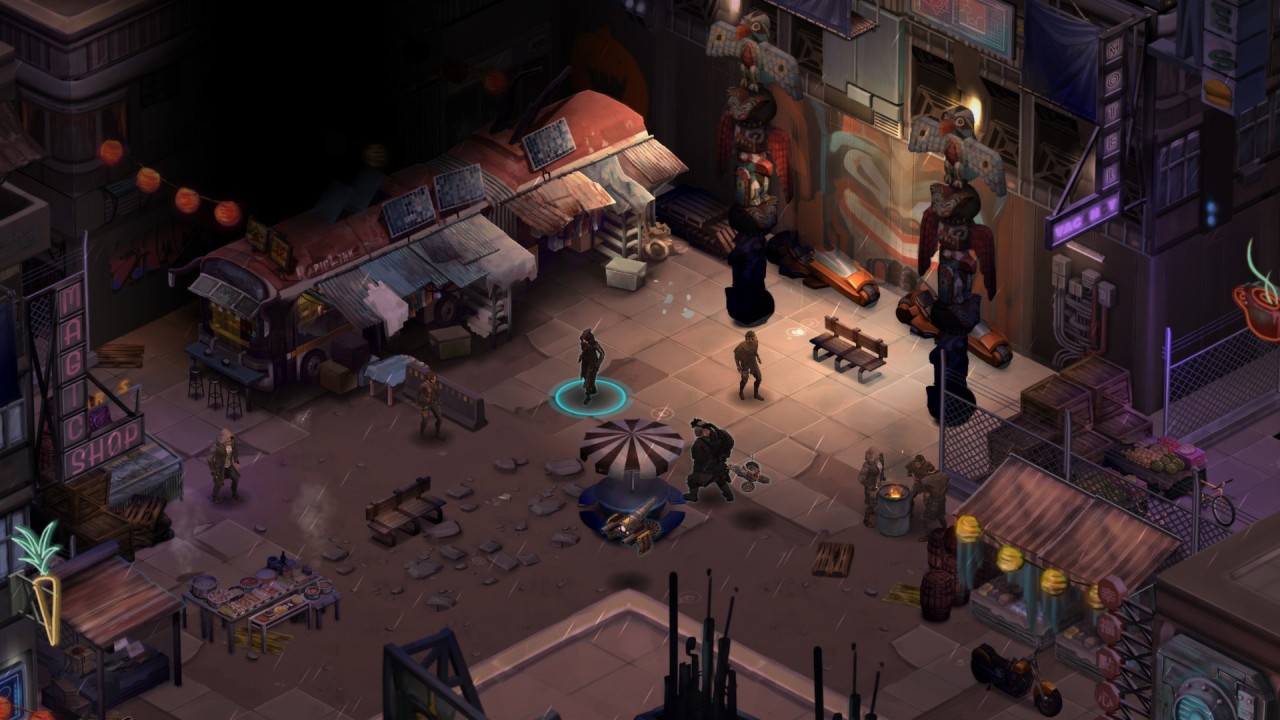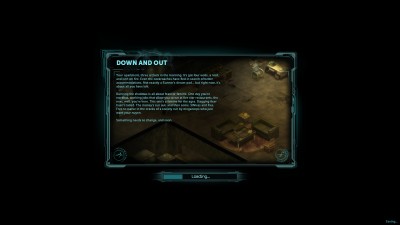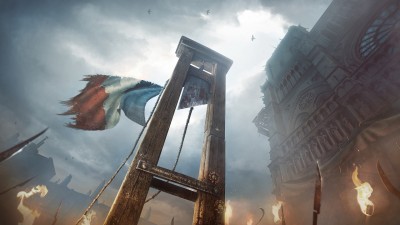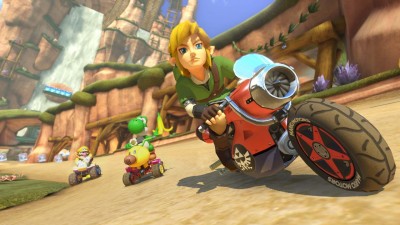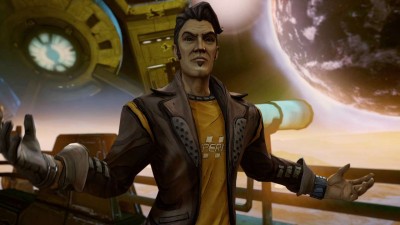It’s hot and the only noise is the dull hum of the box fan in the window, sucking out the thick, turgid mid-August air. Well, no, that’s not the only noise. There’s an even softer nuance, the comradery of gently scratching pencils against paper, and the regular breathing of your peers around you, all staring intently at their own paper. Occasionally one of you stirs, flipping through a well-used book, referencing some obscure notation that’s hastily added and then cross-referenced for 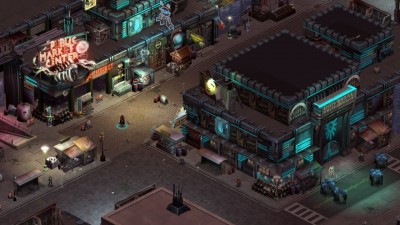 accuracy. At last, with a subtle grin of satisfaction, you hand your paper to the man with a book, who checks it himself, nods, and places it in the position of honor at his elbow. You grab the bag of chips and settle it at your knees, sitting cross-legged on the living room floor with your compatriots around you, elbows on the coffee table, and goblet of carbonated sugary-goodness clenched in your fist. One of your companions coughs and twirls his pencil, another settles more comfortably in his chair, and finally your DM says, “Are you ready to run?”
accuracy. At last, with a subtle grin of satisfaction, you hand your paper to the man with a book, who checks it himself, nods, and places it in the position of honor at his elbow. You grab the bag of chips and settle it at your knees, sitting cross-legged on the living room floor with your compatriots around you, elbows on the coffee table, and goblet of carbonated sugary-goodness clenched in your fist. One of your companions coughs and twirls his pencil, another settles more comfortably in his chair, and finally your DM says, “Are you ready to run?”
There’s nothing quite like remembering your first table-top session, no matter what game it was that you were first introduced to the magic of living and breathing a story you’re telling right there in that moment. There’s an epic kinship that can form, similar to that first year of summer camp you had when you were eight. But as we get older our friendships drift apart, and those foolish “job” things we have to get can put a major dent in your table-top time. Sure, you can go to your local comic store that’s hosting an event, but it’s just not the same as crashing at your BFF’s house, ordering pizza, and adventuring until 3am when you concede defeat only because half your team is asleep. While we have experienced many different kinds of video games all with different and unique takes of storytelling, some of them beyond compare, there really hasn’t been one that can replicate the experience of a table-top RPG.
Not until Shadowrun Returns came along, that is.
Set in the post-apocalyptica of Seattle, Washington in the year 2054 (the First Edition of the tabletop game began in 2050), the setting is built on a well-trodden premise: the end of the world. The Mesoamerican End of the World in 2012 was a catalyst for the destruction of the civilized life and ushered in an age of dragons, magic, and meta-humans: elves, dwarves, trolls, and ogres. Those nations that had kept their affinities toward magic, tribal and aboriginal people, were the first to notice these mutations, while simultaneously the world’s infrastructure was attacked, disrupted, and destroyed. Fast forward 42 years: You are a Shadowrunner: a smuggler, bodyguard, mercenary, free-lancer, hacker — whatever you need to be to survive in the gritty, magic-wielding, gun-toting Seattle cityscape. Your dead friend calls you via a dead man’s switch (accurately enough, that’s the subtitle of the campaign), a device activated in the event of his untimely murder, and sets you on a detective case with more twists than an episode of Lost.
Forget the somewhat clumsy and forgettable first-person shooter released on Xbox 360 back in 2007; Shadowrun Returns takes the roleplaying of the original tabletop RPG and welds it to the turn-based, tacitcal strategy combat of X-Com. At the core of Shadowrun Returns is good, old-fashioned storytelling. It’s not a very long campaign, clocking at only about 12-14 hours depending on how quickly you read and how much you want to delve into the dialogue trees, but it immerses you into its world in a way reminiscent of its table-top origins. Sure, we’re used to epic cut scenes and lengthy opening trailers, but there’s something equally awesome about reading a written introduction that’s as good as what’s seen here. Not since the likes of Planescape: Torment has an RPG truly revelled in the written word and while the writing isn’t as strong as it is in Black Isle’s seminal RPG - nothing is, to be honest - the prose is still engaging and filled with the minor envionmental details that bring its world to life.
This stylized writing really brings to light those times you had a really, really good DM running your campaign. Even though there’s no voice-over acting or crazy summoning videos, you really get a feel for being in the game. Shadowrun effectively illustrates an isometric game, using highly detailed background paintings to give a 2D character the illusion of being in a 3D world. We know we’re looking at a static image, but it doesn’t feel like one thanks to the beautiful artwork and the richly detailed text, and that’s the great thing about it. Sure, it’s not what we’ve been used to seeing out of the next-gen games, but for those who don’t mind rewinding the clock and diving into a slightly older, classic feel, you’ll love it.
We already have our standard fantasy race tropes, and the class distinctions aren’t terribly unique or something we haven’t seen before. We have basic fighters, summoners, support casters, offensive casters, ranged fighters, and any mix of the aforementioned, and as you evolve character attributes, you can fine tune these specialties fairly easily. You could have a smooth talking, elf decker (the hackers of the game), or a blunt conversationalist dwarf who is equally blunt with his fists. Or the reverse. Whatever you’d like. You won’t see anything markedly innovative on the character leveling screens besides calling skill points “karma points,” and the system is akin to the Mass Effect series, where more points in a particular discipline open up additional skills and disciplines down the line.
Oddly, even though the story will lead you by the nose and then steal it out from under you when you are least expecting it to, the one place where Shadowrun really does fall short is the dialogue tree, of all places. If your preferred method of strong-arming someone, say, by taking a fist to their face, doesn’t produce the desired effect, the dialogue tree will take you back one step until you choose the correct option that will move the story forward. In that regard, it is absolutely nothing like the Mass Effect franchise, where actions do have consequences, and is more reminiscent of the often utterly disappointing dialogue choices made in Vampire the Masquerade: Bloodlines, which is not a comparison to be proud of. Because of this weakness, there doesn’t seem to be much of a point in trying to make your character more… charismatic, since the dialogue tree will push you through regardless; you’re better off focusing on combat skills and leaving your personality by the wayside, and that’s a bit disappointing.
Though the story is good, it is incredibly linear. You can go off and explore some of the map, to a degree, but the maps are small and there aren’t really any reasons to go exploring - no easter eggs, hidden caches of healing items, money, nothing. You might get a few extra tidbits of story, like meet a hobo elf down on his luck and overly paranoid on his drugs, but it’s not going to help you progress any further in the game. Those of us who go off into lands unexplored or purposefully avoid the main quest marker (hands up, you know who you are), may be uncomfortably pushed to move on when you don’t feel like you’ve leveled enough.
That’s where Shadowrun comes into its own: during combat. Because you’re not able to power-level in any way, the scripted fights make it that much more important to not only spend time thoughtfully picking your skills, but to consider every tactical advantage and disadvantage during a fight. In the beginning it’s easier, but as the battles get harder and the difficulty level takes a few unexpected spikes, you’re going to spend a lot of time trying to pick the right series of moves, only to have your team decimated by what seems was only a minor tactical oversight. While this can be occasionally frustrating, it’s also immensely satisfying when you finally overcome each encounter, and it really makes every decision important. I’d just recommend saving a lot unless you want to lose progress.
To make up for the short campaign, Shadowrun includes an easy-to-use editor for those with even a basic knowledge of scripts and triggers. There are over 200 Steam Workshop campaigns submitted by users, many of which have the highest 5-star rating available and are definitely worth a look at for some extra game play. Additionally, the release of the Dragonfall campaign back in February of this year adds another amazingly complex story to keep you going. Once you complete Dead Man’s Switch, the first campaign, Dragonfall will throw you back into realm, this time in the heart of Berlin, Germany - the realm of a very powerful dragon.
While in Dead Man’s Switch the story was great, Dragonfall is the pinnacle. Earlier issues of being too linear have been addressed, and in particular, I loved the fact that non-combat dialogue skills actually matter this time; so my smooth-talking proclivities can be satisfied. What you can’t do, unfortunately, is port your previous character over, but that’s alright. With the depth of story-telling available in the game, creating a new character isn’t that much of a teeth-grinder, and the new cast of characters that you get to run with are infinitely memorable.
At its release, Dragonfall had some glitches that made quest progression and saving both impossible and dangerous. Certain triggers were broken, causing quests to become unfinishable, while other triggers worked fine, but no dialogue or map clues could lead you to your next destination. The ability to save everywhere was added, but this seemed to be the spawning ground for these badly triggered quest glitches, making the perk useless. As recently as June 30 these bugs were patched with v.1.2.7 and appear to be squashed, so there’s no need to fear saving anymore - just the dragon.
For those who want crazy cutscenes, explosions, realistic gore, and high quality weapon textures - this game isn’t for you. For those who want that hit of nostalgia straight to the chest and want to get lost in the grit of Seattle and the shady streets of post-apocalyptic Berlin, Shadowrun Returns is an absolute must. It’s not the graphics that are important here; it’s the story - and it delivers in spades.
